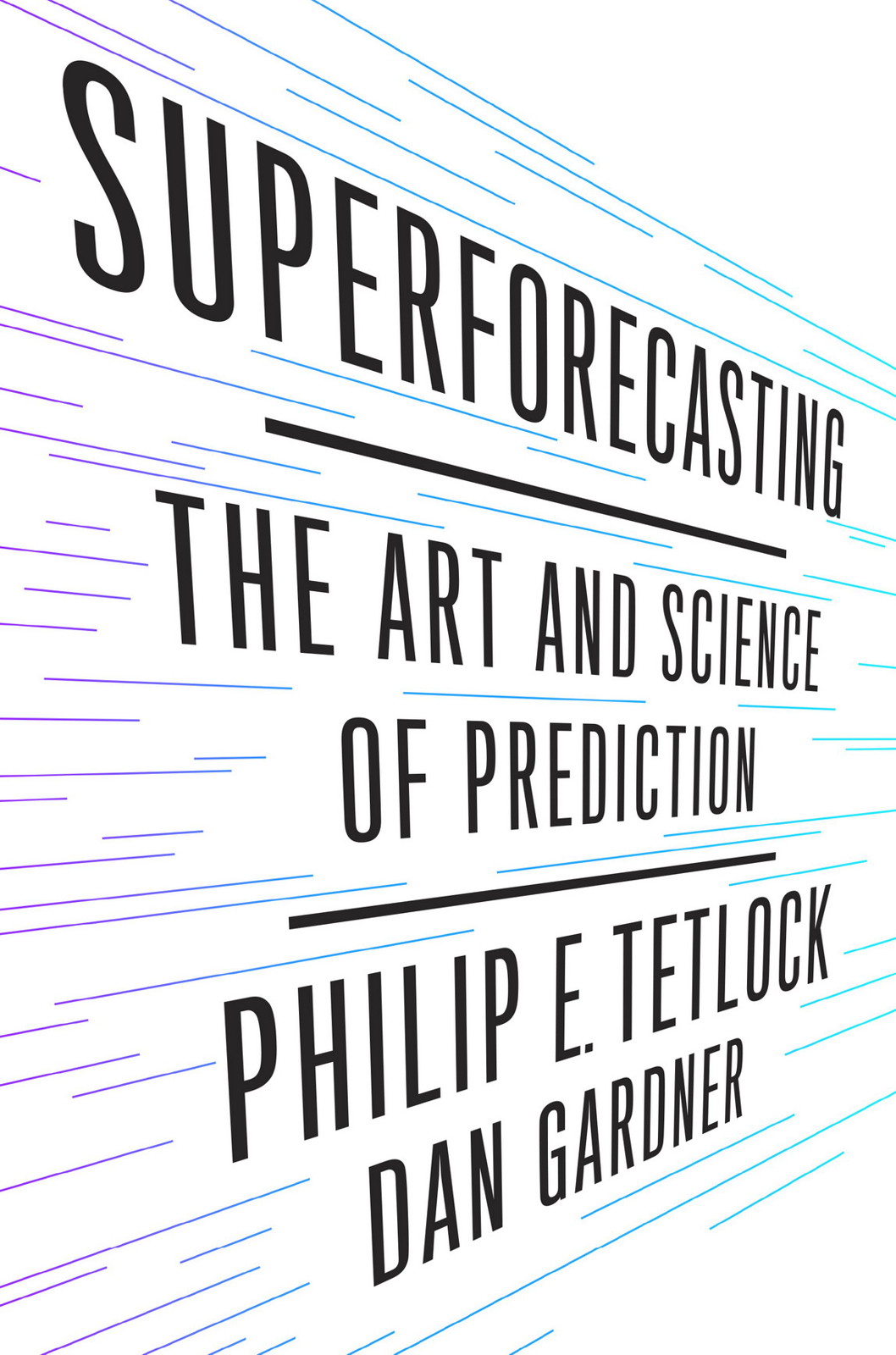
Superforecasting
The Art and Science of Prediction
کتاب های مرتبط
- اطلاعات
- نقد و بررسی
- دیدگاه کاربران
نقد و بررسی

Starred review from July 15, 2015
Superforecasting-predicting events that will occur in the future-is not only possible; it accounts for an entire industry. World-renowned behavioral scientist Tetlock (Expert Political Judgment: How Good Is It? How Can We Know, 2005, etc.) explains why some people are so good at it and how others can cultivate the skill. Global forecasting is hardly limited to predicting the weather. In fact, much of it has significantly higher stakes: everything from the potential of conflict in the North China Sea to the 2016 presidential election is at play. Legions of intelligent, well-educated, and well-paid analysts digest data and attempt to make hundreds of nuanced predictions each year. Remarkably, in his seminal 20-year study, the author established that, on average, these "experts" are "roughly as accurate as a dart-throwing chimpanzee." On the other hand, the superforecasters Tetlock has recruited are far more accurate: his team handily beat their competitors in a forecasting tournament sponsored by a U.S. government agency, providing more accurate answers than even those with access to classified files. And here's the rub: his all-volunteer team is composed entirely of so-called ordinary people with ordinary jobs. In this captivating book, Tetlock argues that success is all about the approach: foresight is not a gift but rather a product of a particular way of thinking. Superforecasters are open-minded, careful, curious, and self-critical. They make an initial prediction and then meticulously adjust this prediction based on each new piece of related information. In each chapter, the author augments his research with compelling interviews, anecdotes, and historical context, using accessible real-world examples to frame what could otherwise be dense subject matter. His writing is so engaging and his argument so tantalizing, readers will quickly be drawn into the challenge-in the appendix, the author provides a concise training manual to do just that. A must-read field guide for the intellectually curious.
COPYRIGHT(2015) Kirkus Reviews, ALL RIGHTS RESERVED.

September 1, 2015
Tetlock (Annenberg Univ. Professor, Univ. of Pennsylvania; Expert Political Judgment) and journalist Gardner (Future Babble) have consolidated their efforts in a quest to figure out how best to anticipate the future. This book is one of several on the subject (e.g., Daniel Kahneman's Thinking, Fast and Slow and Nate Silver's The Signal and the Noise) that are not necessarily big-data driven, nor confined to business applications. Tetlock and Gardner examine both theory and practical instances of forecasts that were successful and unsuccessful--the Cuban Missile Crisis and the Bay of Pigs are cited, as are examples concerning professional poker, medicine, and weather. The authors introduce Brier scores (a measurement of the accuracy of probabilistic predictions). Profiled is the Good Judgment Project, a consortium of volunteer forecasters co-led by Tetlock and others. What comes through clearly in this book is that the best forecasters are bright but not necessarily Big Bang Theory smart--they have curiosity and an ability to detach themselves from preconceived notions. The appendix gives abbreviated dicta for those who aspire to be superforecasters. VERDICT In the absence of a physical absolute, insightful forecasts are invaluable. Day traders, consumer marketers, and statisticians will find this book of value.--Steven Silkunas, Fernandina Beach, FL
Copyright 2015 Library Journal, LLC Used with permission.

























دیدگاه کاربران